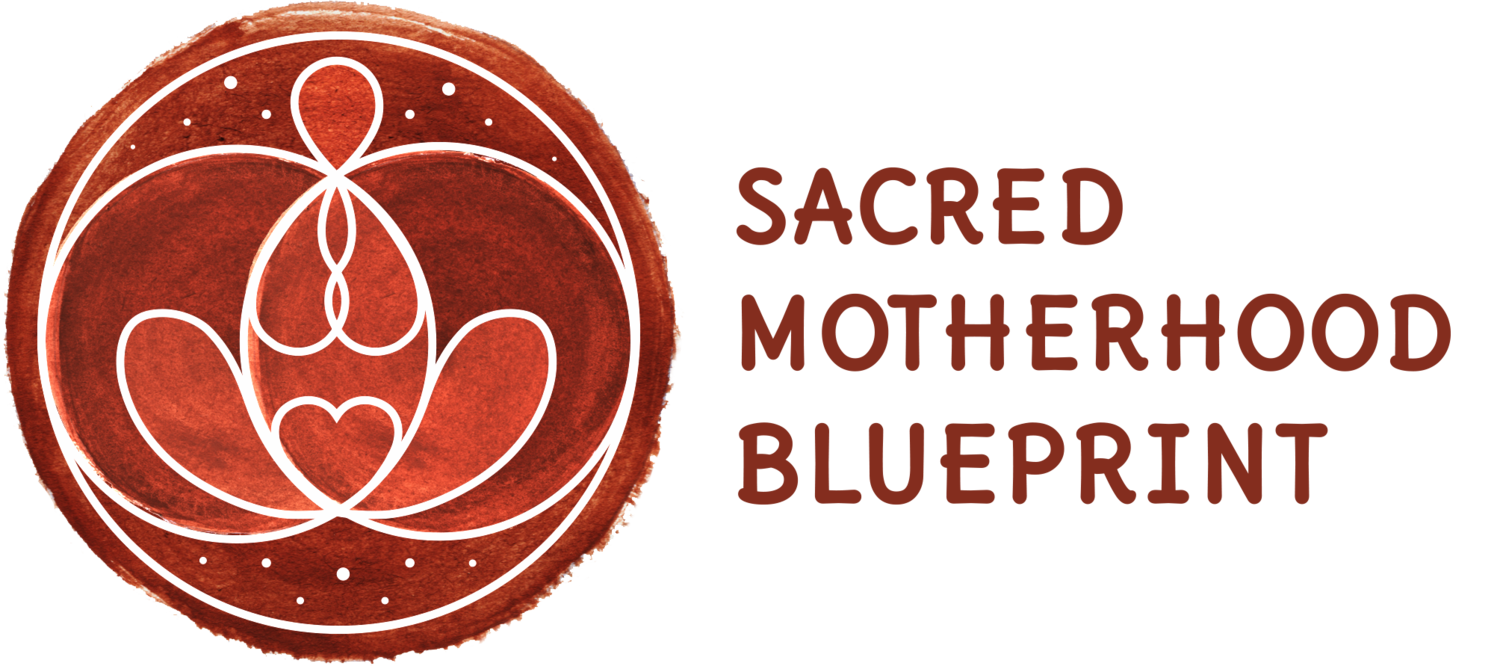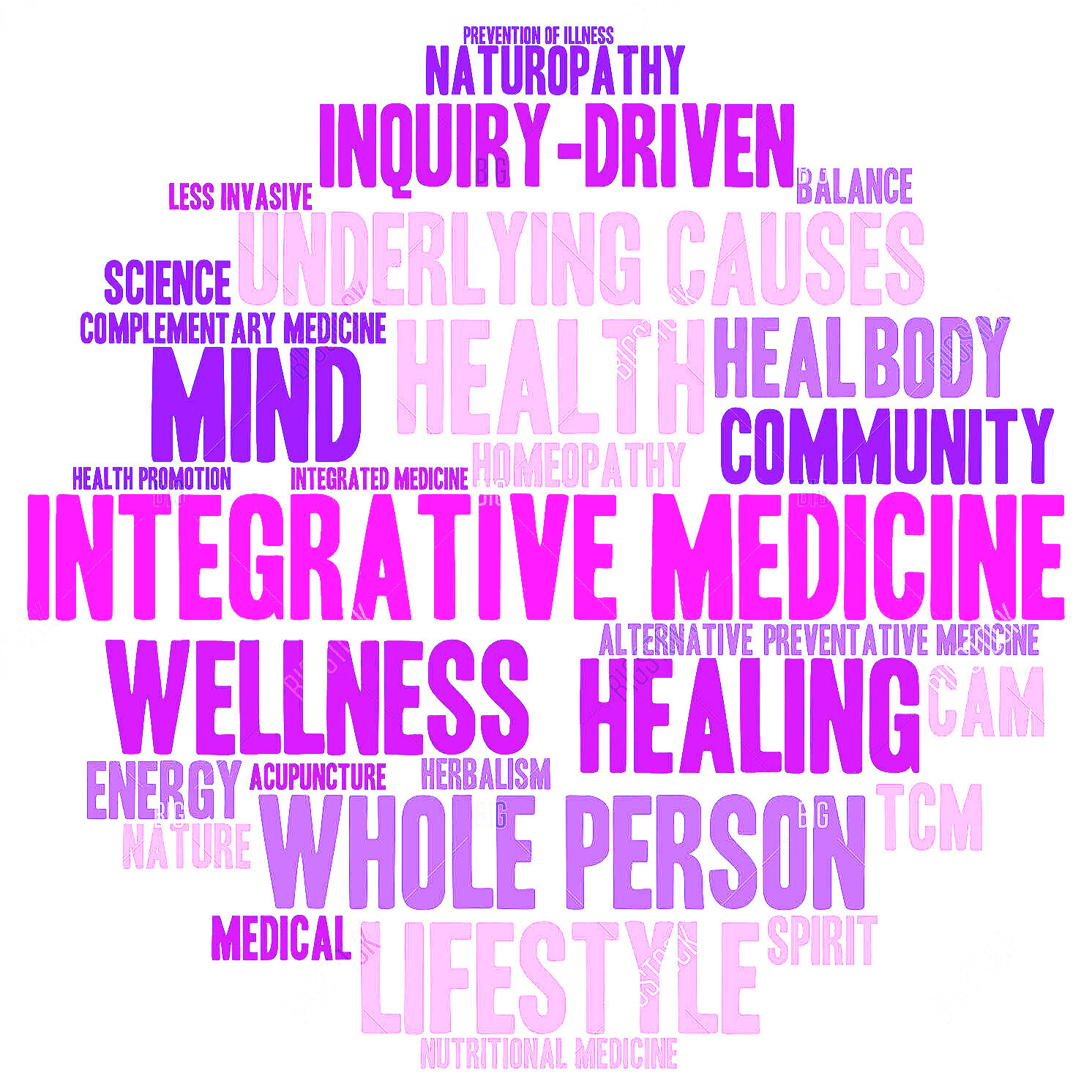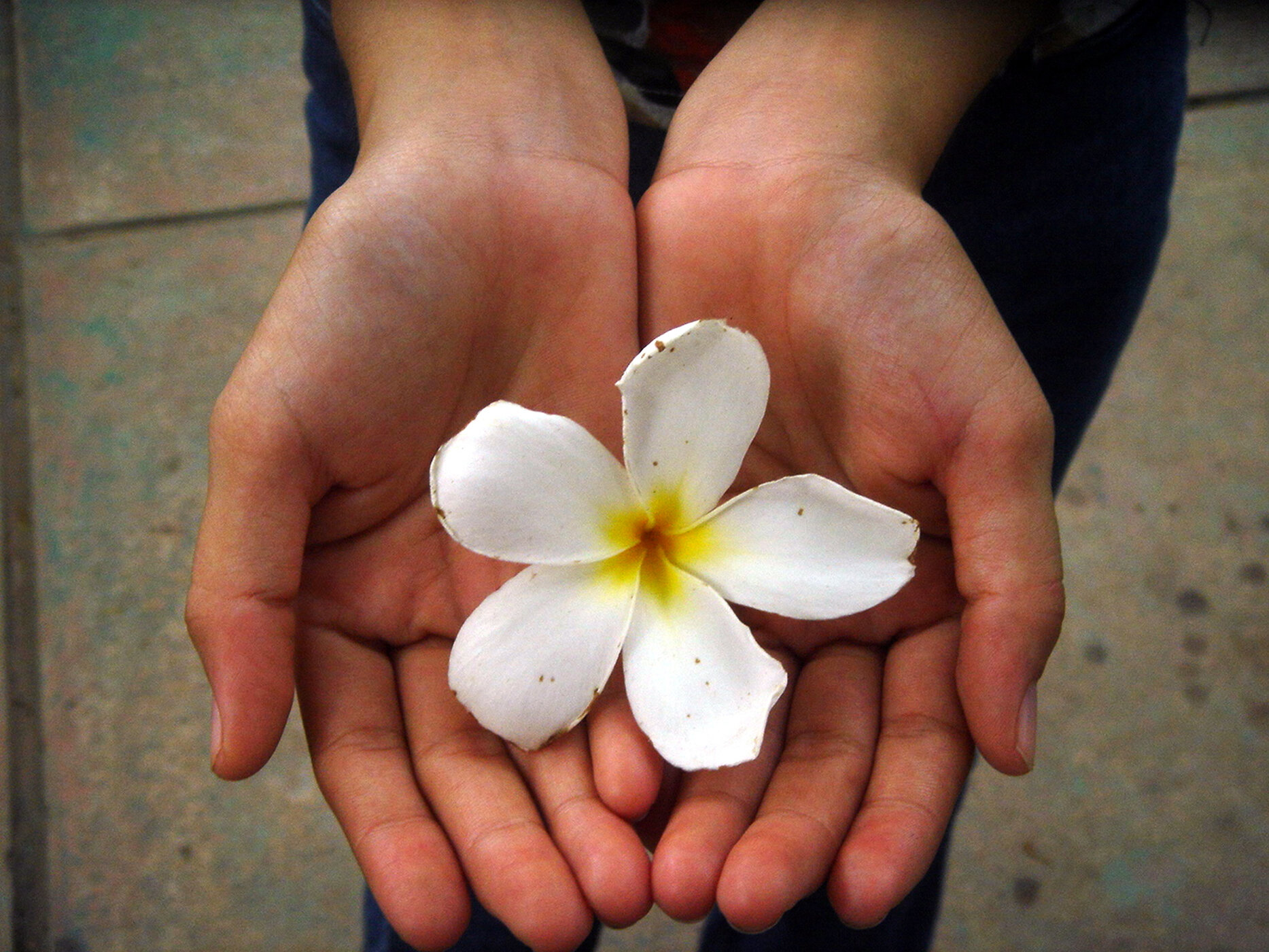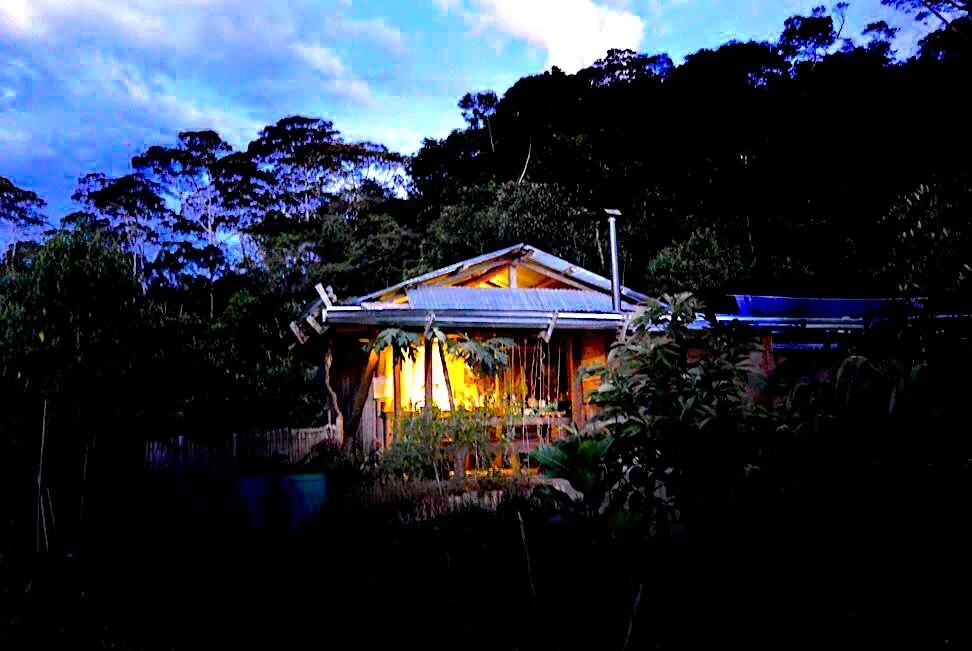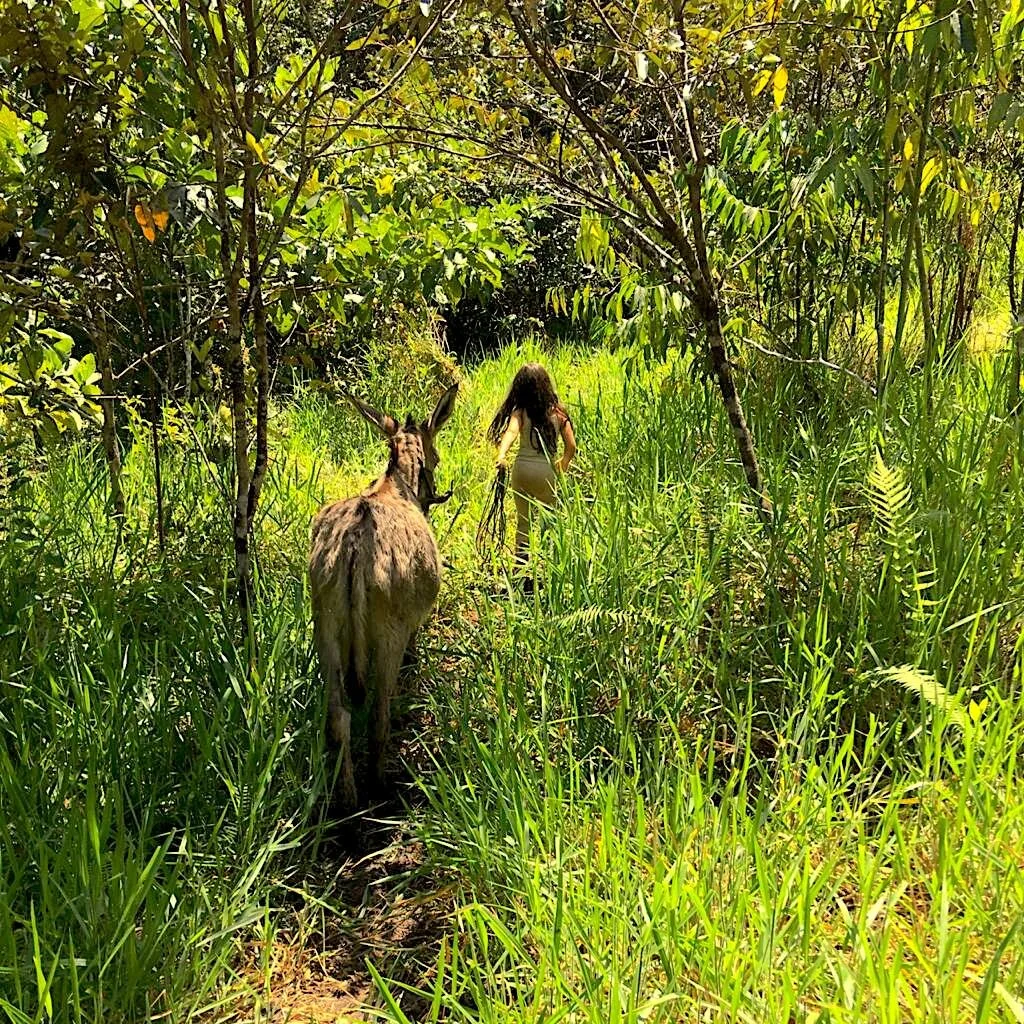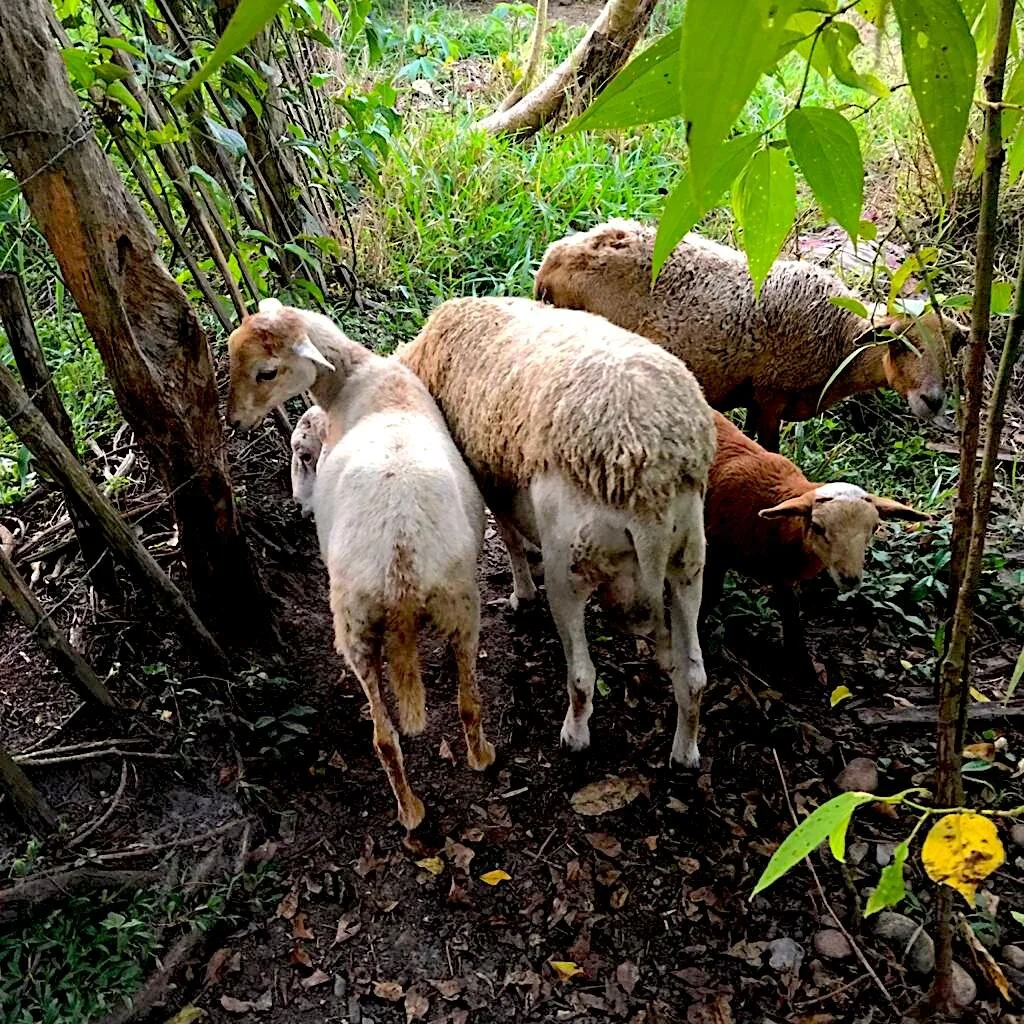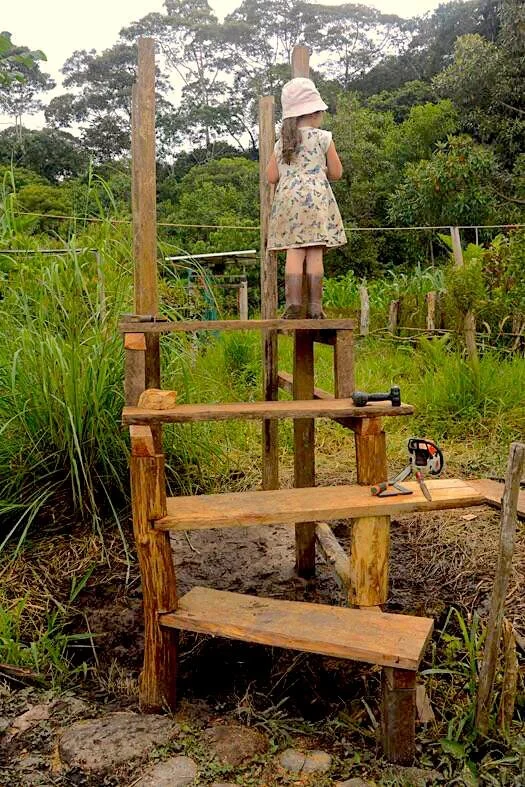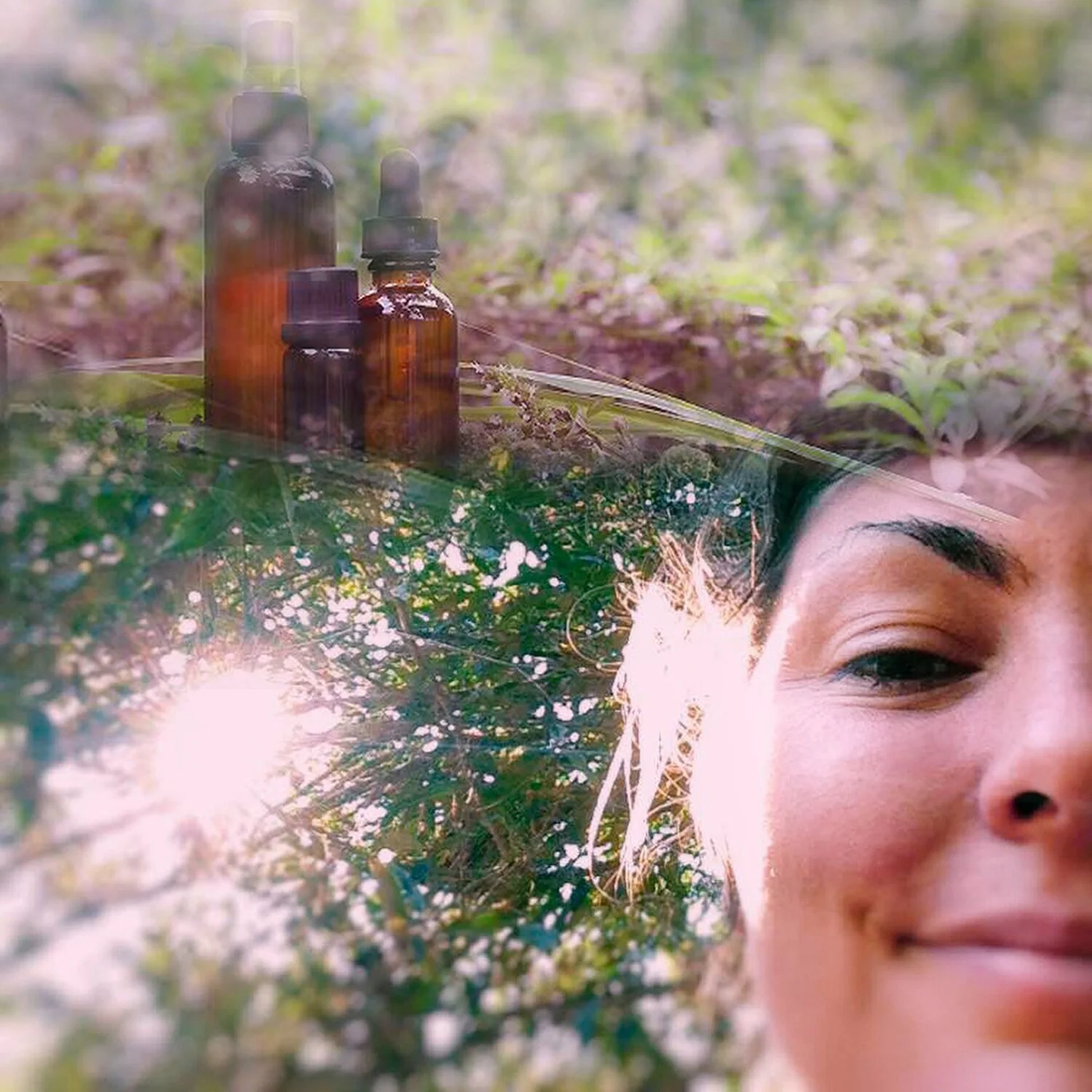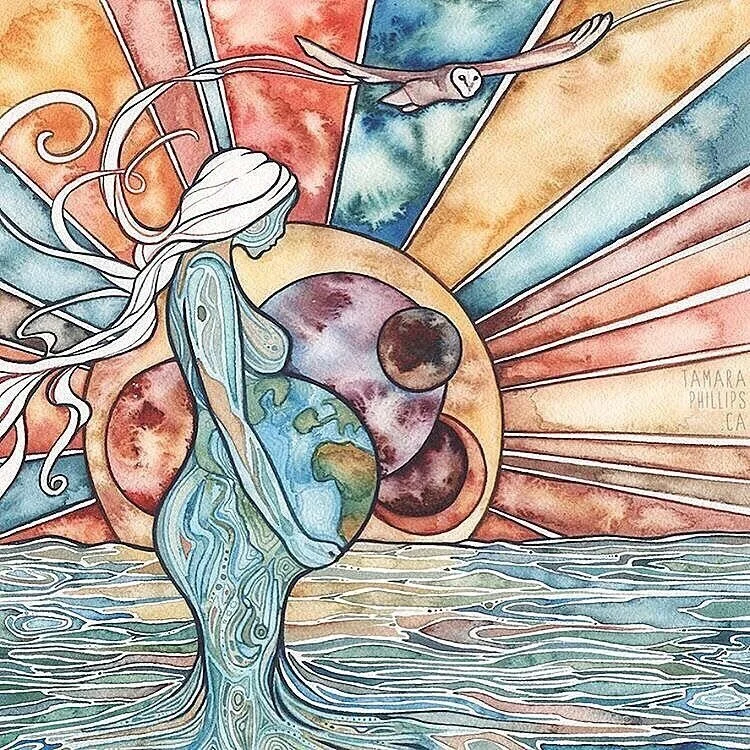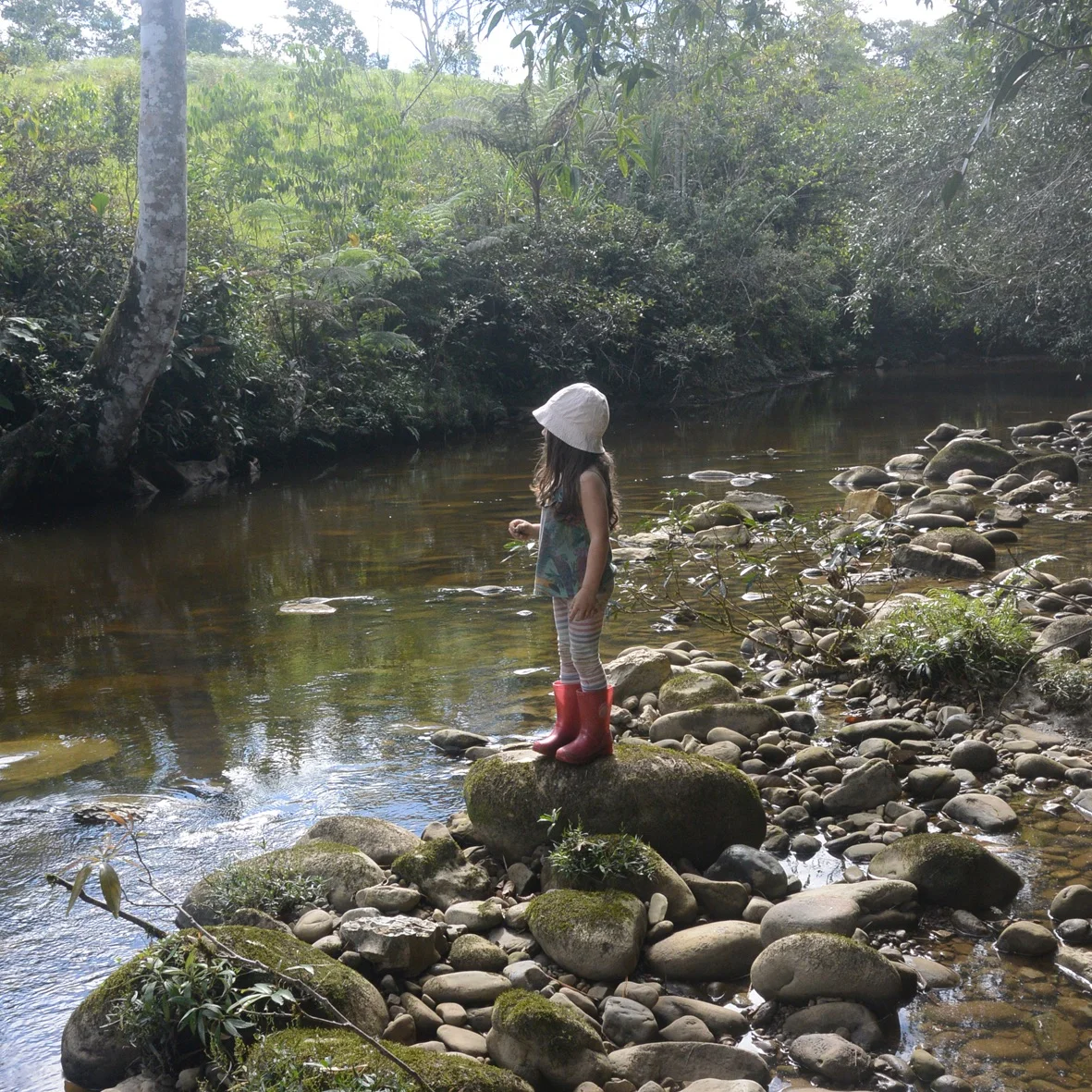By Emily Anne Utia
On the morning of October 7, 2019, I was abruptly thrust from my homemade birthing nest into the hospital for an emergency surgical birth. After 30 hours of laboring at home, my cervix had not dilated at all and my baby was beginning to struggle, as was I, especially since the amniotic sac had long been ruptured. Thus started a journey of weaving a path, navigating between the unfamiliar land of the conventional Western medical model and my comfortable world of natural and holistic care. A year later, I have learned so much about how to best utilize this integrative approach to medical care as I continue to dabble in all the many different areas, creating a system that supports me and my family in the best possible way.
In my late twenties, I went through a powerful transition of unwinding my dependency on the conventional medical system and taking my health into my own hands. It was clear that the protocol I had been on for many years was not working and I was heading in a bad direction physically and emotionally. I had been battling cystic acne since the age of 12 and spent over ten years taking antibiotics regularly as well as applying heavy-duty chemical medications to my skin, all to no avail. Very much related to my acne, I suffered from terrible anxiety and eventually a deep depression, for which I was also heavily medicated. On top of all of this, I was drinking heavily and had no awareness at all about diet and nutrition.
After several failed rounds on the heavy-duty pharmaceutical pill for acne called Accutane, which was supposed to be some sort of miracle drug but came with incredibly dangerous side effects, the dermatologist I was seeing at the time told me that I might have to just accept that I would always have adult acne and I would just have to deal with it. This was unacceptable to me and I finally began to look elsewhere for help. I thus began a journey of awakening that continues to this day as I awoke to self-responsibility and began to learn about all of the things I could do to transform my physical, mental, and emotional body into one of vibrant health.
I began with educating myself about diet and nutrition. First going on an elimination diet that helped me to identify that gluten was playing a big role in my acne problem. I gave up going to the bar and replaced it with yoga and biking. I learned about meditation, acupuncture and weaned myself off all pharmaceutical medications. I surrounded myself with like-minded beings and began to learn so much more about diet and cleansing techniques that, over time, led to beautiful, clear skin and a healthy lifestyle that left me feeling balanced, centered, and content with life. I swore I would never trust conventional medicine again.
Until now.
I have conventional medical facilities to thank for my life and that of my son. If we hadn’t had the option to birth surgically, it’s possible neither of us would have made it through that passage. Plus, my son wound up in the NICU for almost a month following the birth, which were absolutely the hardest days of my life thus far. I was forced to face my distrust in conventional medicine head on and, for the life of my son, open to the possibility that there is a way to work within the system without completely bailing on my belief and practice of natural and holistic medicine. Learning to weave the two diametrically opposing models into what we can call “integrative medicine” has great advantages.
I see integrative medicine in three phases, all of which weave and overlap each other. The first phase is prevention. In all aspects of health and wellness, medicine and health care, the foundation is the aspect of prevention. From an integrative perspective, preventative care means developing a sense of self-responsibility and taking righteous action to the best of our ability each and every day to practice lifestyle habits that guide us into a state of wellness and away from sickness and disease. Preventative care, at the root of all intervention, is the cure for the disease before it starts.
Practicing preventative care means having strong body awareness, which is the second phase of integrative medicine. When we understand how our body works, we know when it’s broken and what is the best way to fix it. We can become aware of how our bodies meet the world around us to know how to best give care and make choices that support our wellness. Awareness also means knowing what it feels like to be in a state of wellness so that we know when we are not there. It means being able to notice subtle signs of imbalance in our systems before they evolve into a critical condition.
It seems that many people settle for a slightly impaired state of wellness for their baseline, often masking subtle symptoms with unhealthy habits such as drinking alcohol or popping Advil for aches and pains, assuming that their discomforts are “normal”. When we awaken to a higher state of consciousness and we recognize what a solid foundation of good health feels like, we may no longer settle for day-to-day discomforts as the norm and begin to take notice of subtle symptoms in time to apply natural and self-driven approaches. The longer we ignore symptoms of dis-ease in our bodies, the more they grow over time into a critical condition that will need more acute care by the hands of others, taking the power away from ourselves.
When we operate from a strong foundation of preventive care and the practice of body awareness, we can consciously choose when we need intervention outside of ourselves. This is the third phase of integrative medicine, which I see as being pro-active. Taking an integrative approach to our wellness means carefully considering all the many options of care and what will best meet our personal needs. When we aren’t in an emergency situation, we can take the time to gather information, ask questions and make empowered choices. Practicing integrative medicine means being educated and knowing our options as well as the possible outcomes of they may bring. Making decisions from an educated place is empowering and means we are taking action based on what we feel is best, as opposed to feeling helpless and following someone else lead.
So what about an emergency situation, like what occurred at the birth of my son, when we were abruptly and unexpectedly thrust from our dream of a natural, home birth into a surgical and conventional hospital experience? How can we integrate our beliefs and values into a situation that may hugely challenge or oppose them?
For one thing, working to stay in a place of presence and trust helped me not to loose my ground and feel disempowered. I definitely, at times, felt very helpless and enormously frustrated by what seemed like so many aspects of my “plan” spinning out of my control and far beyond my comfort zone. However, rather than letting my emotions follow this spiral, I continued to return to what I DID know, including facts around birth, what my baby absolutely needed versus what I might have wanted, and how to listen and take care of my own body.
In the end, it was my decision to go to the clinic for the surgical birth, based on the strong intuitive guidance that something clearly was not right. During the labor, I had been stifling my own inner voice up until that point and had I not listened to it in that crucial moment, it very well could have cost me the life of my son. Because I was educated and informed, I knew what would lie ahead with a surgical birth and was ready to embrace the epidural, the medications, the chemicals, the antibiotics knowing that, at this point, it was necessary and that my body was strong enough to handle it. I knew that whatever my son had to endure at this point, I would be able to help him heal and cleanse from after, and that his life now depended on a conventional medical approach. So I was able to enter the experience from an empowered place and return to that place as best I could throughout the journey that led me through great trials and challenges beyond what I could have ever imagined.
In today’s world, there is too much emphasis on separation; this or that, one way or the other.
Here are a few simple and personal examples of how I integrated my holistic principles on the fly into my emergency birth scenario. As soon as I was safe to be off the antibiotics, I began rebuilding my gut flora with probiotics and fermented foods. I showered my son with prayers, and healing songs through his incubator, and replaced his hospital diaper creams with those of my choosing. I found the places where I could share my own beliefs within the conventional system and when my son finally came home with us, I overlapped his care with the overseeing of the hospital and my own more natural choices until we could eventually wean him from the hospital visits all together.
I strongly believe it is time to open our minds fully to embrace all that is available to us with an open mind, trusting that whatever it is, is here to help us and teach us. Surrendering to the grey areas can foster a more enhanced lifestyle with less tension and anxiety. I didn’t have to settle for a conventional medical approach simply because I wound up with a Cesarean birth and a baby hospitalized for weeks after. It wasn’t one way or the other. I integrated my knowledge and understanding of natural medicines and plants as soon as I could, following my surgery. I now have developed a deep passion for understanding integrative medicine and wish to continue broadening my understanding even more.
In addition to being a new mama, Emily Anne Utia is a natural wellness practitioner dedicated to holistic healing arts which span different cultures. For the past ten years, she has been studying native healing practices from North America including Hawaii, as well as the Peruvian Amazon and high mountains of Columbia. Emily works alongside her husband, Emanuel, native to the Amazon jungle, and together they study, educate, and offer traditional treatments utilizing the vegetalista tradition of plant medicine. Together, they created Machimpuro, Centro para Plantas Naturales, a small and rustic center located in the depths of the Peruvian Jungle. In addition, Emily has her own U.S. based healing practice called Wahine de La Selva. Before dedicating her life to natural wellness, Emily worked as a professional child and family therapist in the field of speech and language pathology. Her own story of how she overcame depression, anxiety, and addiction is shared through her book, Awaken, a 21st Century Manifesto, which can be found on amazon.com.
